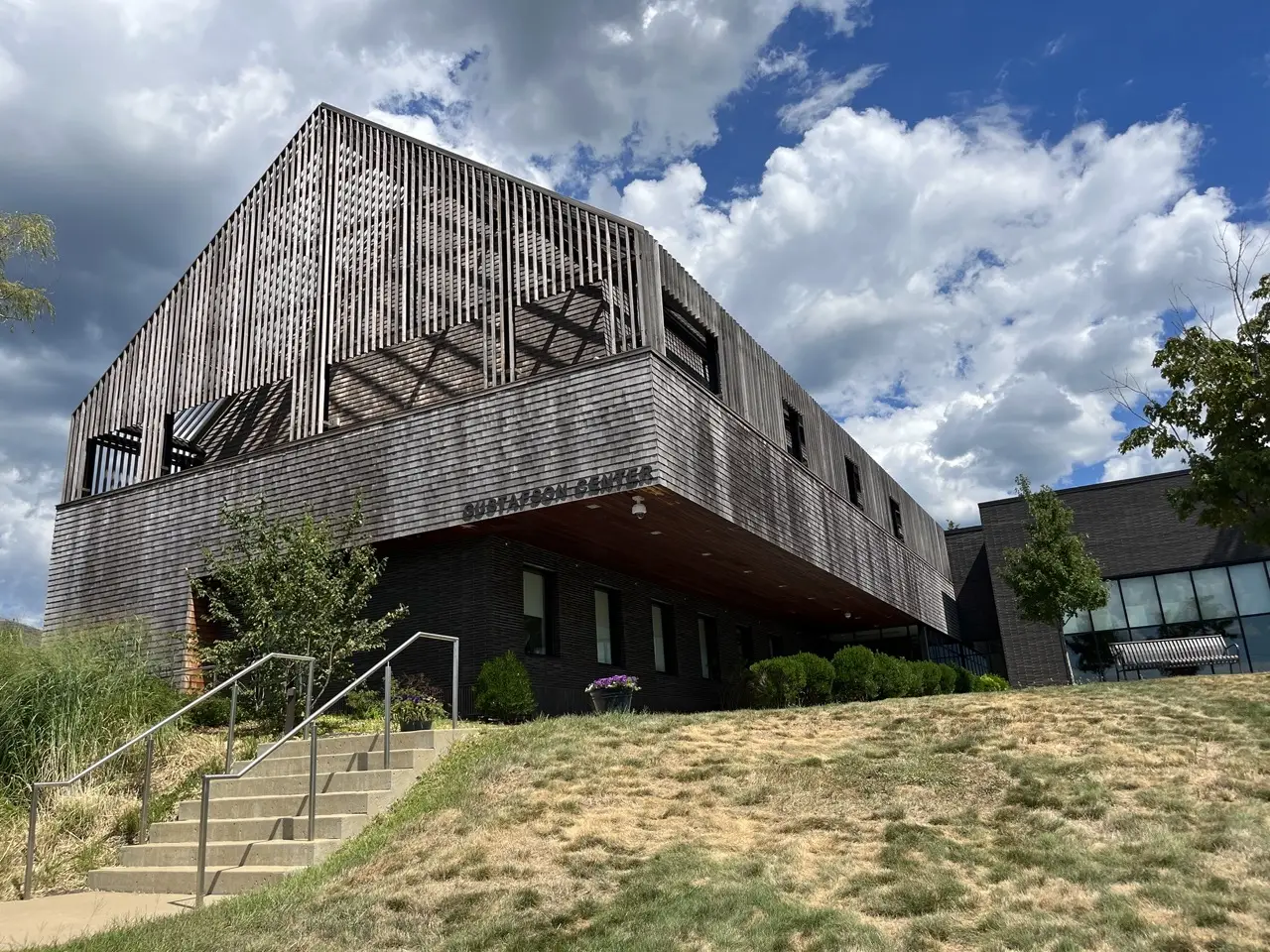As the fall semester begins and students settle into classes, there is still time to find an internship for credit, pay, or if really lucky, both.
Internships have become increasingly important for finding a job after graduation. In today’s competitive job market, having at least one relevant internship is often a requirement to qualify for an entry-level role. Even sophomore year isn’t too soon to start gaining work experience related to one’s major.
SNHU’s Career and Professional Development Center (CDC) is a great starting point for help with resumes and searching for internships.
Located in the Gustafson Center, the CDC offers appointments, walk-in hours, and professional staff experienced in helping students. The sooner a student begins working with CDC, the more assistance and opportunities they’ll receive.
Another great internship resource for students is the professors in their majors. As students and professors get to know each other through class participation and informal networking during office hours, professors can share their industry knowledge and contacts with students.
Many professors are more than happy to unofficially mentor and guide students toward their career paths; however, students need to proactively reach out to professors.
Some internships require students to earn academic credit, while others offer a paid role. Market conditions and demand for certain majors often impact whether internships are paid or not.
Location is also a factor; there are more opportunities for students who will travel to Boston than those who limit themselves geographically. It helps to think of the sacrifice made now as a long-term career investment.
According to Chance Clutter, a Career Advisor in the CDC, internship opportunities are posted on HANDSHAKE, an online job board that posts internship and job opportunities for undergraduate, graduate, and online students. To log into Handshake, go to: http://snhu.joinhandshake.com.
Students can also find and secure internships directly through an organization’s website, job board, or the student’s own network.
Clutter and his colleague, Tracy Micali, review all SNHU student experiences to ensure they warrant academic credit. They can also help students and prospective employers set up a formal internship.
A typical internship earns three academic credits and requires 150 hours of work time during the semester. These credits usually count as free electives, but other configurations are possible.
Students doing an internship for credit can also enroll in an internship class, so it’s important to start the process before the end of the course add/drop period.
Non-credit paid internships have a more flexible schedule and do not require an internship course. On a resume, there is almost no difference between the two internship formats.
Time is of the essence, as internships are competitive and registration closes soon. For more information, students can reach out to their professors, drop by the SNHU Career and Professional Development Center, or visit the CDC website.




